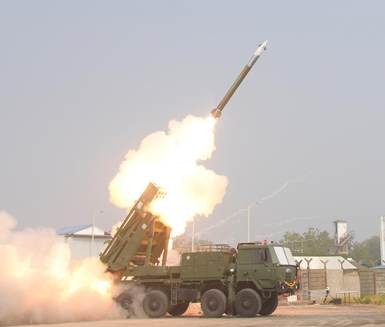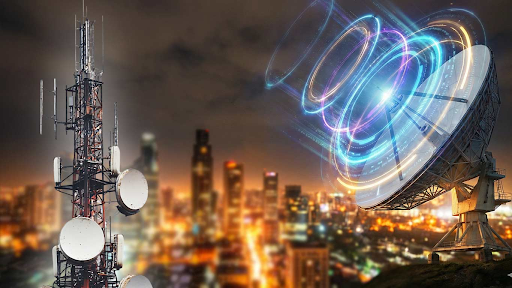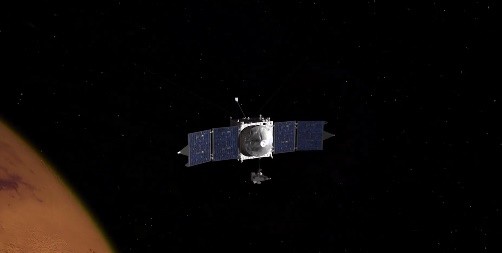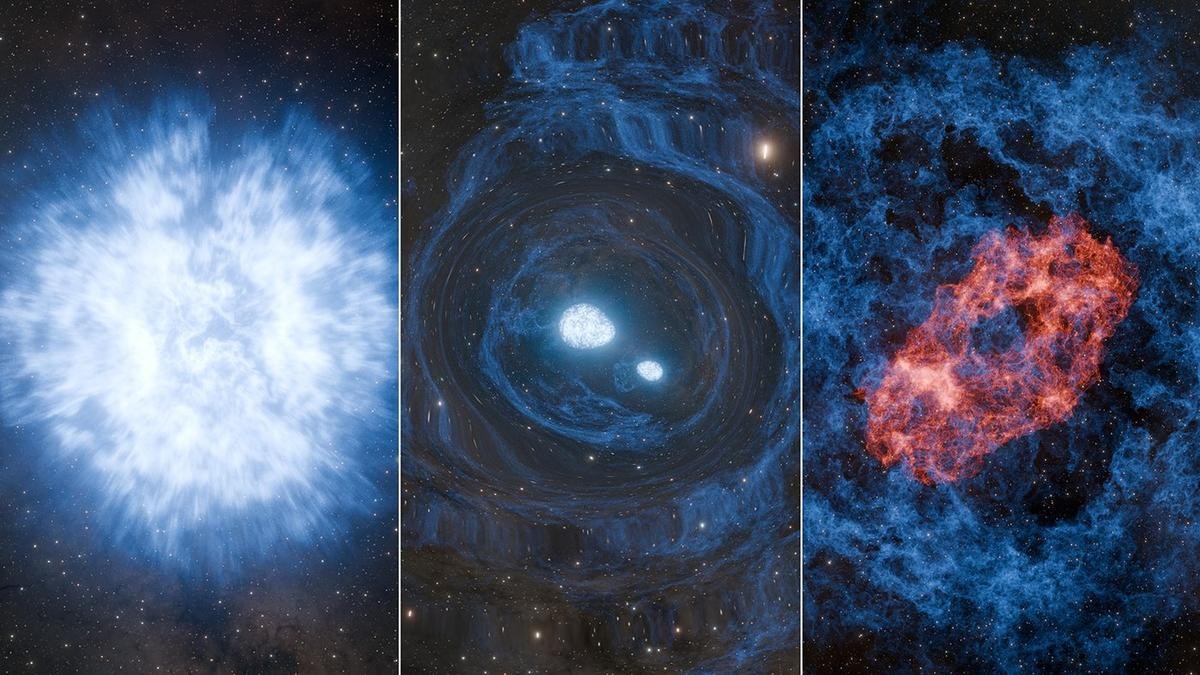



India plans incentives to boost domestic rare earth magnet production as China’s export curbs threaten supply. With 90% of global magnets from China, India aims to reduce reliance, support EV and defense sectors, and explore imports from Vietnam and Malaysia. Long-term, India targets self-reliance in critical magnet manufacturing.

Copyright infringement not intended
Picture Courtesy: ECONOMICTIMES
Government is engaging with private companies to build a national stockpile of rare earth permanent magnets.
The Union government is proposing fiscal incentives and other policy support to encourage domestic manufacturing, aiming to secure its supply chain and reduce dependence on China, which currently dominates the global market and has recently imposed export restrictions on this vital resource.
Rare earth magnets are a class of advanced permanent magnets made from alloys of rare earth elements.
|
Rare Earth Elements (REEs) are a group of seventeen metallic elements. This set includes the fifteen lanthanides from the periodic table, plus scandium and yttrium, which share similar chemical properties and are often found in the same geological deposits. |
These magnets are known for their magnetic strength (high energy density) and superior performance compared to conventional magnets. However, they are brittle and susceptible to corrosion, which is why manufacturers apply a protective nickel plating.
Types of Rare Earth Magnets: The two most common and important types are:
National Defense and Aerospace: Used in precision-guided munitions, drones, radar and sonar systems, and aircraft components.
Green Energy Transition: Critical for manufacturing electric vehicles (EVs) and wind turbines.
Advanced Electronics: Integral to smartphones, laptops, hard disk drives, and high-performance audio equipment (headphones and speakers).
Medical Technology: Essential for high-tech medical devices such as Magnetic Resonance Imaging (MRI) machines, PET scanners, and various surgical tools.
Must Read Articles:
China's Rare Earth Export Curbs
Source:
|
PRACTICE QUESTION Q. Regarding Rare Earth Magnets, consider the following statements: 1. They are made from alloys of rare earth elements and copper. 2. Manufacturers often nickel-plate these magnets to protect them from corrosion. 3. The United States has recently surpassed China in rare earth magnet processing. How many of the above statements are incorrect? A) Only one B) Only two C) All three D) None Answer: B Explanation: Statement 1 is incorrect: The two main types of rare earth magnets are neodymium magnets and samarium-cobalt magnets. Neodymium magnets are primarily made from an alloy of neodymium, iron, and boron (NdFeB). Samarium-cobalt (SmCo) magnets are made from samarium and cobalt, and while some formulations may include small amounts of other elements like iron and copper, copper is not a primary constituent of all rare earth magnets. Statement 2 is correct: Neodymium magnets, the most common type of rare earth magnet, are highly susceptible to corrosion, especially in humid conditions. To prevent this, they are almost always coated. Nickel plating is the most common and standard method for protecting these magnets from corrosion and chipping. Statement 3 is incorrect: China currently controls a commanding share of the rare earth magnet supply chain. It is estimated that China accounts for approximately 90% of the global processing of rare earths and 93% of the manufacturing of rare earth magnets. For some of the most critical heavy rare earth elements, like dysprosium, China's control over processing exceeds 99%. |









© 2026 iasgyan. All right reserved